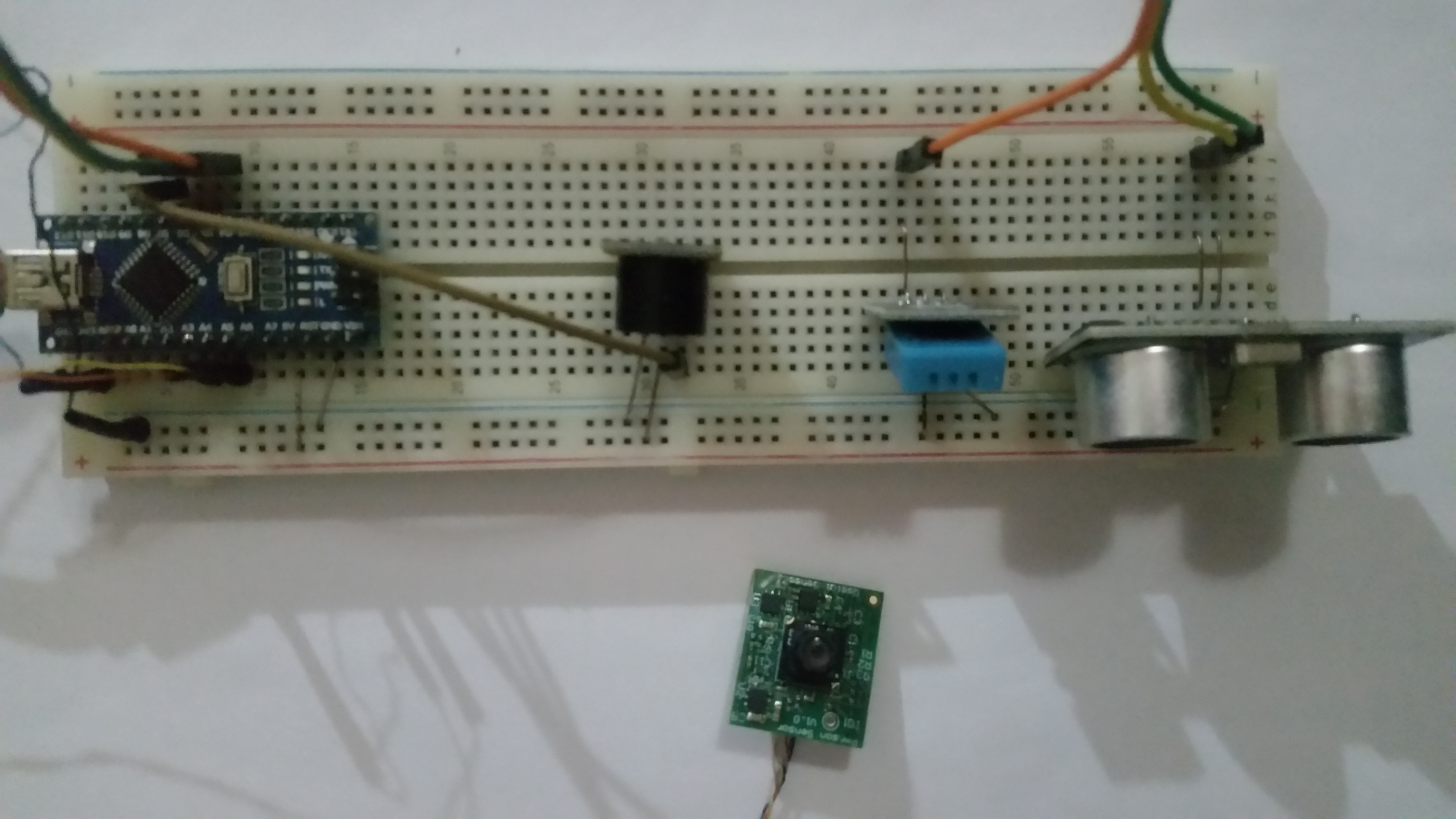Swimming is one of the most popular sports and also a natural stress reliever which can have a therapeutic effect on the body and mind, while also promoting relaxation. Swimming is for everyone and no one should be deprived of this stress buster.
What were the needs or pain points that you attended to and identified when you were solving problems faced by the Contest Masters?
Visually impaired swimmers need a tapper to help them avoid a collision and to let them know when to take a turn. Tappers are experienced guides who are positioned at each end of the pool and use a rod with a firm foam tip to touch or tap the swimmer at the correct moment so that the swimmer does not collide. The swimmer would also be free of concerns and perform their best without worrying about slowing down or colliding.
However, how could this tackled when they are swimming for relaxation purposes at home or somewhere else?
It would be inconvenient to have a tapper with them the whole time so I came up with an advanced and automated solution which can detect the distance between the swimmer and the end of the pool and alert the person when they are nearing the end of the pool so that they can slow down. This can also help them to enjoy their private time for themselves.
Read on further to learn more.
Hardware and Software - A deep look at what made this possibleI will be using the Arduino Nano R3 to programme my prototype and this prototype must be enclosed in a waterproof casing when implemented.
The ultrasonic sound sensor is used to measure the distance between the swimmer and the edge of the pool. The ultrasonic sound sensor has an ultrasonic wave transmitter and receiver. A transmitter emits a signal which is reflected off an object - within 2 cm to 400 cm - and received by the receiver. The time taken for the signal to travel from the transmitter to the receiver is divided by two and multiplied by the speed of sound in air to give us the distance between the sensor and the object.
Distance (m) = (Duration/2 )/1000 x Speed of sound
The speed of sound in air is affected by the temperature of air, so the DHT11 sensor is used in this project to ensure accurate distance calculation (refer to the Codes to see how temperature is used to calculate the distance).
The Useful Sensor Person Sensor will be used to identify the swimmer and alert them that they are too close to the edge so that they can either slow down or turn.
The buzzer is used to alert the swimmer when they are nearing the edge of the pool.
And last but not the least, I used Arduino IDE to programme my microcontroller.
Features- Distance measurement
The ultrasonic sensor is used to measure the distance between the swimmer and the edge of the pool. I have randomly used 5 meters as the critical range as I was unsure of the actual distance at which the tappers should alert the swimmers. This distance was scaled to 5cm to showcase this prototype.
- Person identification
The Useful sensor Person sensor can be used to identify the swimmer in the lane. However, there is a risk that the person's face might not be recognized during a back stroke. Due to this, the conditional programming of the person sensor is nested within that of the ultrasonic sensor.
- Alerts
The Buzzer is used to alert the swimmer if they are nearing the edge of the pool. if the swimmer is within 5 meters away from the edge of the pool, the buzzer will stay on for 500 milliseconds and keep sounding like a siren until the swimmer turns or finishes. If the person's face is also recognized within this range, then the buzzer stays on for 3 seconds to give a critical alert to make them slow down as they are too near to the edge of the pool.
Final LookThis prototype can be enclosed in a waterproof casing and attached at both ends of the pool to help the swimmer to know when to turn and when to slow down.
Future scopeI wish I had more time to work on this interesting project and I would like to experiment more with the Useful sensor Person sensor and maybe try implementing machine learning models to improve this project.
Instead of the buzzer, a transceiver could be used in this project so that the transmitter can send the signal to the receiver on the swimmer's device which can then produce haptic feedback to let them know how far they are from the edge of the pool and when they should make a turn or slow down.
I am planning on working more on this project and improving it as an advanced final product, I believe this prototype can make a good difference to our community and visually impaired swimmers would find this more friendly and helpful.
ConclusionI hope you liked this project and this could be much helpful and convenient for visually impaired swimmers who can use this not only for competitions but also personally for relaxation purpose or practice. I am open to suggestions so please share your views and opinions on how I could improve this project and please feel free to ask me anything related to this.
















_3u05Tpwasz.png?auto=compress%2Cformat&w=40&h=40&fit=fillmax&bg=fff&dpr=2)



Comments
Please log in or sign up to comment.